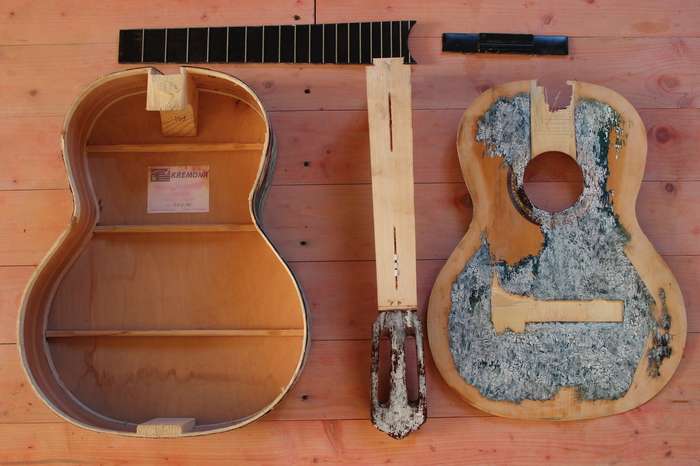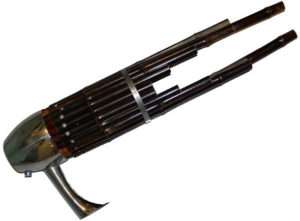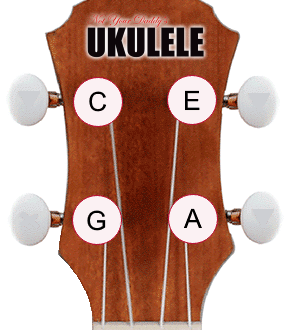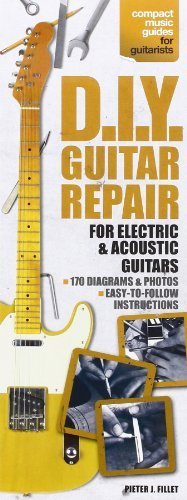
Let’s talk about DIY guitar repair
Contents
Musical instruments delight performers with their sound until they break. Even if the guitar is handled with care, sooner or later there will still be places on it that require repair – from time to time, from active playing, due to natural reasons.
A significant part of the work can be done by hand.
More about repair
If you broke your guitar on stage like Kurt Cobain, it’s useless to do anything with it. However, most musicians, especially beginners, cannot afford such extravagance. Well, minor repairs and maintenance are quite within the power of even a beginner.
Common Problems and Solutions
All possible breakdowns and malfunctions have long been studied by guitarists, so you can always rely on the experience of predecessors.
Fretboard curvature
 It is especially common on older guitars. Those instruments in which there is an anchor inside the neck and under the fingerboard will require its adjustment. To do this, you will need to get to the adjusting head. In acoustic guitars, it is located on the inside of the shell under the top soundboard, it can be accessed through a socket with a curved hexagon. You may need to remove the strings.
It is especially common on older guitars. Those instruments in which there is an anchor inside the neck and under the fingerboard will require its adjustment. To do this, you will need to get to the adjusting head. In acoustic guitars, it is located on the inside of the shell under the top soundboard, it can be accessed through a socket with a curved hexagon. You may need to remove the strings.
With an electric guitar , it is easier – access to the anchor is provided from the side of the headstock , in a special parallel groove.
If the guitar does not have an anchor , and the neck is driven by a screw, alas, it cannot be repaired.
Nut damage
If we are talking about the top nut, then it must be replaced. Often it is plastic, planted on glue. It is carefully removed with pliers. If it splits, it is better to grind off the remnants with a needle file. The new nut is glued to a special guitar glue or two-component epoxy resin.
The saddle in acoustic guitars is set directly in the wooden tailpiece and changes in the same way as the top. In an electric guitar, you will have to change the entire bridge .
Maybe it’s for the best – it’s time to try something new.
Pin damage
 If an idle appeared in the peg – when the flag is rotated for some time, the string tension does not occur – then it ‘s time to change the peg. In acoustic and electric guitars, the locking nut is unscrewed, after which the peg is removed from the array. In classical guitars, you will have to change all three pegs by unscrewing a few screws. On sale there are sets of tuning pegs specifically for classical guitars.
If an idle appeared in the peg – when the flag is rotated for some time, the string tension does not occur – then it ‘s time to change the peg. In acoustic and electric guitars, the locking nut is unscrewed, after which the peg is removed from the array. In classical guitars, you will have to change all three pegs by unscrewing a few screws. On sale there are sets of tuning pegs specifically for classical guitars.
Frets protrude beyond the neck
The fault can be found on new guitars with a small factory defect. The frets can be slightly wider than the fretboard and the tips will snag on clothing or even cause injury. Do not be upset, this is not a reason to refuse the purchased tool.
Take a needle file and carefully sharpen the protruding parts at an angle so as not to damage the paintwork.
Crack in deck
If the crack is longitudinal and long, then this is a serious problem – a beginner cannot cope with disassembling the guitar and replacing the entire soundboard. However, at your own peril and risk, you can try to correct the situation – stick a piece of thin plywood on the opposite side as a patch. If this does not help, you need to drill a few small holes and put a patch on the bolts under the washers. This will worsen the appearance and acoustic properties, but will prolong the life of a hopeless instrument.
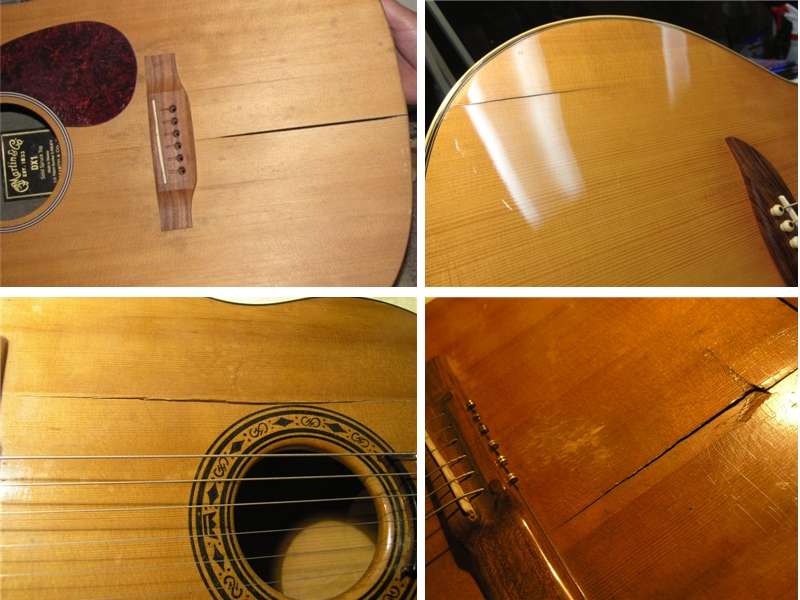
Large or small string height
It arises from the wrong position of the neck a, which requires adjustment of the anchor a. Also, the cause may be a worn nut ( at low height) or frets that have come out of the overlay .
worn frets
With a long and active play for a long time , the frets gradually wear out on the strings. But we change the strings, but the frets remain the same. But they, too, are subject to replacement if necessary. For this operation, you need to carefully remove the frets from the overlay, prying them with a screwdriver, under which something hard is placed, so as not to damage the surface.
Fret blanks are a solid profile. It is cut into the required lengths with wire cutters, and then the tips are filed exactly to size.
Crack in fingerboard
You can try to repair a small crack with epoxy. To do this, the crack is degreased, the composition is mixed with a hardener, and then poured into the crack. You can align with a plastic card. After drying, which lasts at least 24 hours, the surface must be sanded.
If the crack in the fingerboard is very large, then the situation is hopeless: you will have to give the guitar to professionals to replace the fingerboard.
Tools needed for repair
To make repairs yourself, you need a simple set of tools:
- a set of flat screwdrivers;
- curly screwdrivers;
- a set of hexagons;
- pliers;
- wire cutters;
- sharp knife;
- soldering iron with solder and rosin ;
- fine sandpaper;
- chisel.
Features of acoustics repair
Structurally , acoustics are simpler than electric guitars, but they have a resonator body. Violation of its geometry and integrity can negatively affect the sound. Therefore, the main principle in the repair of acoustic and classical guitars is to do no harm. At the same time, it is usually easier to sand, grind and varnish the body and neck of acoustics than electric guitars.
Bass guitar repair features
Bass guitar repair is not much different from the standard maintenance of electronic instruments. The main problem with bass guitars is problems with the neck , as thick strings pull it very hard. Sometimes it helps to replace the anchor a, which is also capable of bending or breaking. To do this, remove the overlay and get to the milled channel where the anchor is installed .
Electric guitar repair features
Unlike acoustics, when repairing an electric guitar, soldering may be required to replace jacks, pickups, controls, and other electronic components. Soldering is carried out with a medium power soldering iron (40 – 60 watts ) using rosin. Acid should not be used – it can corrode thin contacts and harm the wood.
Summary
Although serious repairs are beyond the power of a beginner, minor replacements and maintenance can be done by a beginner. This will help save money. A great experience is tidying up an old guitar that can be obtained as a first instrument.



